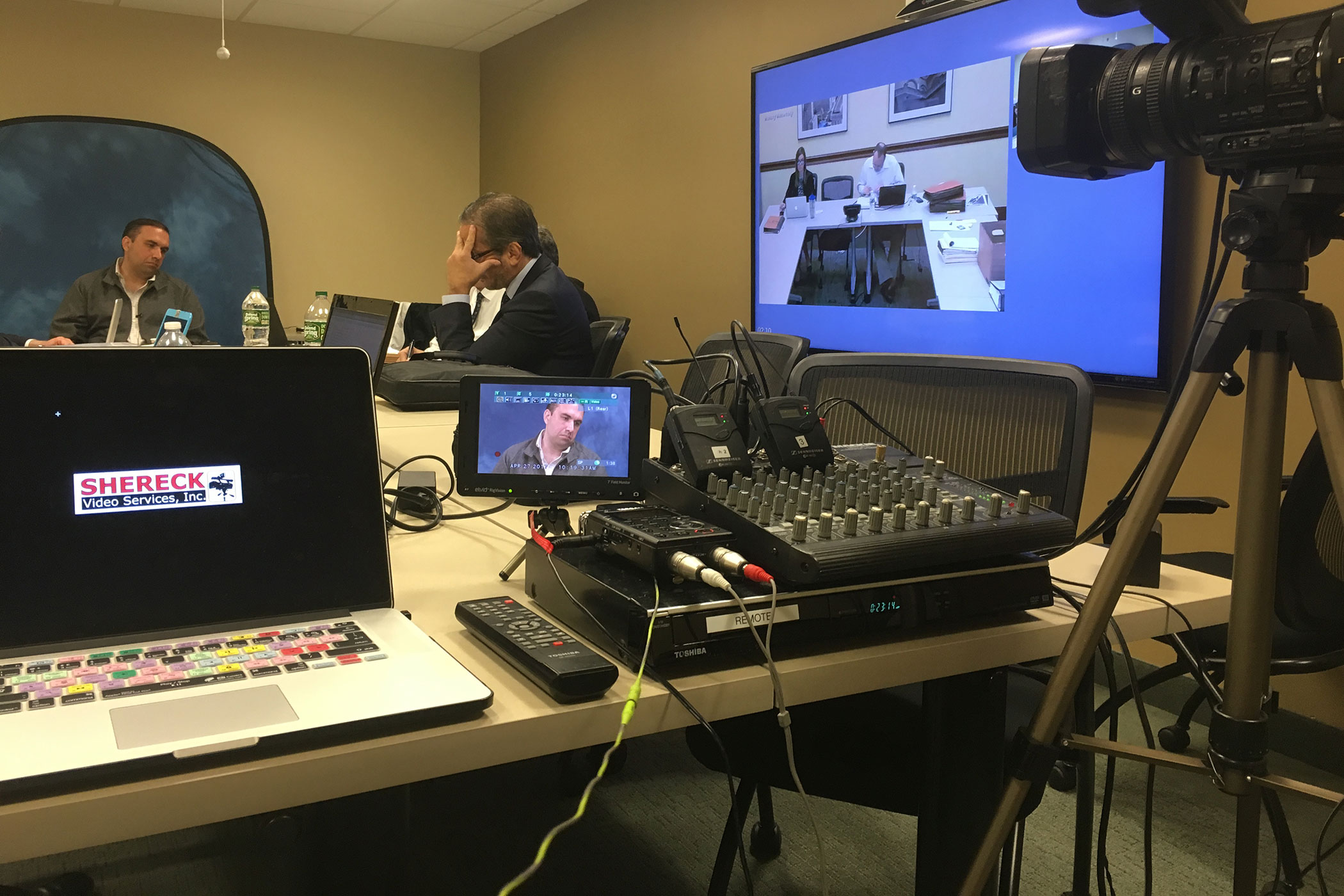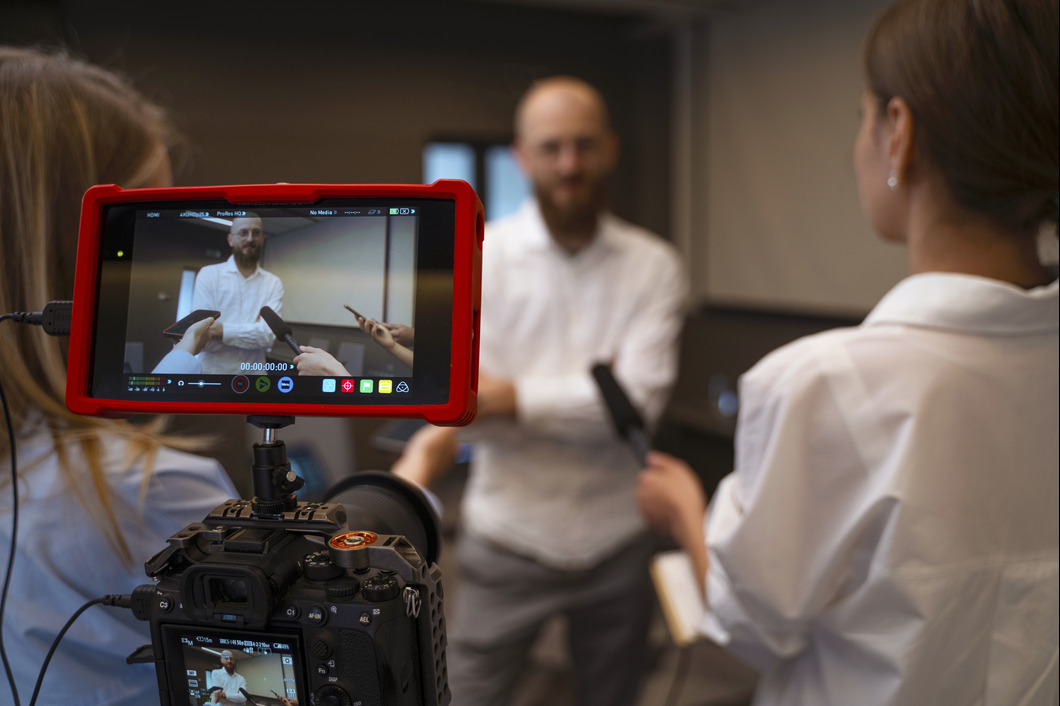How Legal Videography Improves the Precision of Legal Proceedings
Wiki Article
The Importance of Lawful Videography in Modern Legal Process
In modern legal settings, the assimilation of lawful videography has become increasingly substantial, offering as a crucial tool in the documents and discussion of evidence. As the lawful landscape advances with technical improvements, the effects of top quality videography expand past plain documentation, raising vital concerns concerning its influence on judicial outcomes and the total integrity of the legal procedure.Definition of Legal Videography
Lawful videography refers to the specialized technique of recording audio and aesthetic material for use in lawful setups. This practice includes various kinds of recordings, including depositions, witness statements, and trial discussions, which serve to record key elements of legal procedures. The main goal is to create a precise and trustworthy aesthetic document that can be made use of in court or for pre-trial preparations.
Lawful videographers are educated professionals that utilize sophisticated recording devices and methods to ensure top notch video clip and audio capture. They are skilled in the lawful requirements and demands regulating the admissibility of video clip evidence, making their know-how important in the lawful process.

Benefits in Legal Process
The incorporation of legal videography right into modern lawful procedures uses many advantages that improve both the performance and effectiveness of the judicial procedure. One key benefit is the exact and irreversible paperwork of court process, which can be invaluable for appeals and record-keeping. Unlike standard transcription approaches, video captures non-verbal cues and the overall context of statements, giving a richer, more nuanced account of events.In addition, lawful videography can enhance the presentation of evidence (legal videography). By aesthetically demonstrating aspects of a case, such as crash reconstructions or professional analyses, attorneys can share complicated information much more successfully, making it easier for courts and juries to grasp critical points. This can result in more informed decision-making and outcomes
Furthermore, lawful videography advertises accessibility. Taped depositions can be examined remotely, allowing lawful groups to prepare even more thoroughly without the constraints of geographical restrictions. This benefit help in situation prep work and method growth.
Lastly, the professional top quality of videography lends reliability to the proceedings, reinforcing the severity and significance of the legal procedure. legal videography. In summary, legal videography considerably adds to a much more transparent, efficient, and impactful judicial system


Enhancing Witness Testimonies
Witness testimonies play a vital role in legal proceedings, and making use of videography considerably enhances their impact and efficiency. By catching the nuances of a witness's disposition, tone, and body language, legal videography supplies a comprehensive understanding of the testament that written transcripts alone can not convey. This visual depiction help in protecting the witness's original statements, ensuring that jurors and lawyers can view the testament in its intended kind.Additionally, videography allows for a more engaging discussion of proof, as jurors are frequently more responsive to audio-visual products compared to conventional documentation. The capability to observe a witness's mood enhances the authenticity of their declarations, thus increasing the convincing power of their statement. Furthermore, video recordings can be used for training and preparation, permitting attorneys and witnesses to examine and improve their presentations.
In instances where witnesses may be inaccessible for trial, videography guarantees that their statements can still be offered, safeguarding the integrity of their accounts. On the whole, the combination of videography in legal proceedings noticeably boosts the high quality and dependability of witness testaments, fostering an extra informed and equitable judicial procedure.
Effect on Jury Understanding
Catching view website witness testaments on video clip not only boosts their distribution but likewise substantially affects court understanding of the instance. The aesthetic and acoustic aspects of video recordings supply jurors with an extra immersive experience, enabling them to perceive nuances in tone, body movement, and psychological expressions that could be shed in composed transcripts. This multi-sensory involvement fosters a much deeper link with the testimony, aiding jurors in realizing the complexities of the instance.Furthermore, lawful videography can aid make clear elaborate details and make certain that bottom lines are provided in a systematic fashion. Jurors usually value the chance to revisit vital statements throughout considerations, enhancing their understanding of the proof. The capability to observe a witness's temperament can additionally affect their reliability analysis, as jurors may create judgments based on aesthetic cues that reverberate with their understandings of truthfulness and integrity.
Additionally, using video clip can enhance the discussion of evidence, making it more easily accessible and remarkable for jurors. Generally, the tactical implementation of legal videography plays a critical duty in improving jury understanding, eventually adding to a fairer and much more educated legal process.
Future Trends in Legal Videography
Increasingly, attorneys are acknowledging the transformative capacity of emerging technologies in legal videography. As the legal landscape develops, the integration of fabricated knowledge (AI) and maker learning is readied to change the way video evidence is captured, processed, and presented. AI formulas can examine huge amounts of video footage to recognize relevant segments, boosting performance and making sure that important details is not ignored.Additionally, innovations in virtual truth (VR) and augmented truth (AR) are poised to supply immersive experiences in courts. These innovations allow jurors to picture criminal activity scenes or recognize intricate scenarios in an extra appealing manner, potentially improving their understanding and retention of evidence.
The increase of cloud-based solutions also promotes the secure storage and sharing of video evidence, enabling seamless partnership amongst lawful teams. legal videography. As remote find more hearings become more commonplace, top quality lawful videography will certainly play a necessary role in making certain that remote testaments are captured accurately and offered efficiently
Verdict
Finally, legal videography acts as an essential tool in contemporary lawful procedures, boosting the precision and quality of evidence presentation. By recording witness statements in a visual layout, it helps with a much deeper understanding for jurors and maintains crucial declarations for future reference. As technology proceeds to develop, the assimilation of top notch videography is expected to broaden, better solidifying its role in advertising the stability and effectiveness of check the lawful process.Report this wiki page